Rob Carr on Shooting the Super Bowl, and Why He Shoots Canon
![]()
If you’re a sports photographer at any level in the United States, the dream gig would be to shoot a national championship: the World Series, the MLS cup, the NBA Finals, the Stanley Cup, or perhaps the most coveted of all, the Super Bowl. For Getty Images Chief Sports Photographer Rob Carr, that dream is a reality.
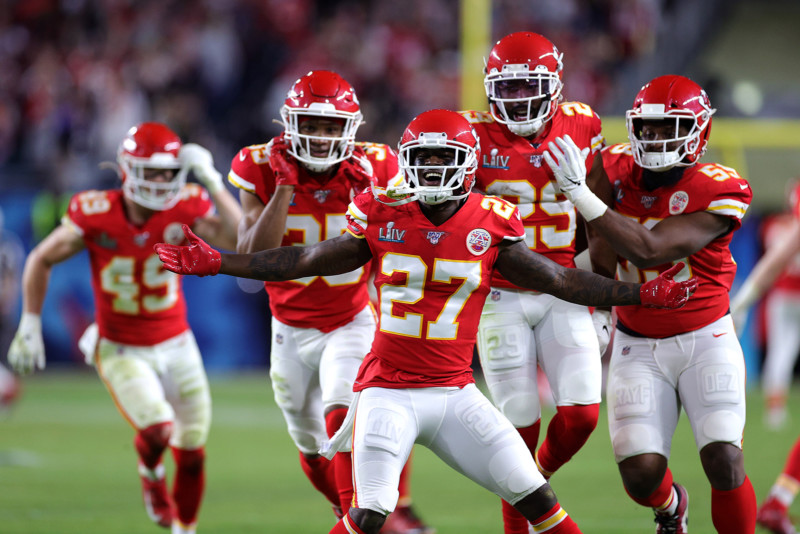
What It’s Like on the Field
According to Carr, all that matters is being able to work with a team to get the best shots, and he told us how he prepares for a huge, high-profile event like the Super Bowl.
“The mental preparation started for me watching the [AFC Championship] Chiefs/Titans game. I had photographed the Niners twice this year, so I was familiar with them,” he said. “But the mental preparation begins not by being a sports fan but by following sports.”
Carr was clear there is a distinction there. But that preparation isn’t something he did alone.
“The other interesting thing is that before the game yesterday, I talked to our Kansas City-based photographer who covered the Chiefs all year,” Carr explained. “And he’s like ‘listen, when Mahomes scores this is what he does: he looks back to the bench, he runs back towards the bench.’ It’s just little things like that.”
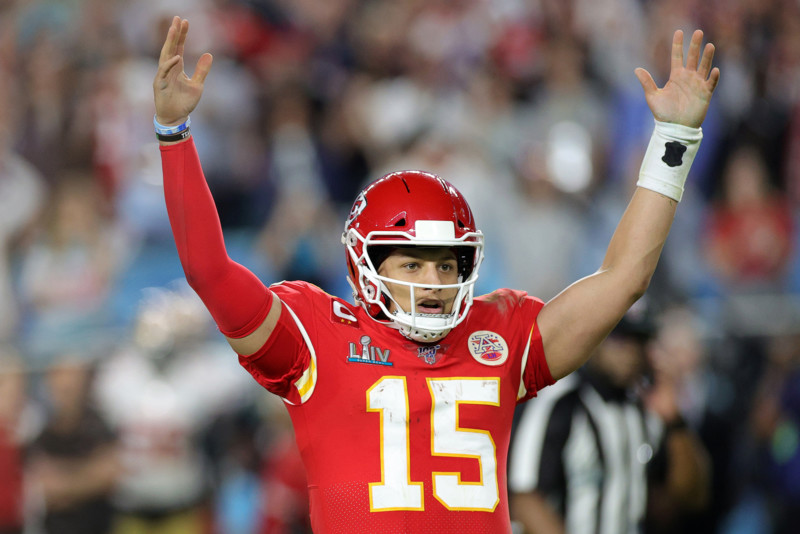
“The Super Bowl can be a lot of times a ‘hurry up and wait,’ because you’re on the field earlier than you would be for a normal regular-season game, because of celebrities, extra security, this and that,” he said. But all the pomp and circumstance aside, Carr noted the importance of being able to boil things down to what matters.
“At the end of the day, and I don’t mean to put less importance on it, it’s still a football game,” he said. “It’s no different than the fourteen games I covered during the regular season. It’s just all the hype around it is a little bit bigger.”
What does a Super Bowl photographer use to capture the game?
“For the Super Bowl, I stuck with my regular season kit. That was the Canon 400mm f/2.8, 70-200mm f/2.8, and the 24-70mm f/2.8 on three bodies. I had two of the new Canon 1D X Mark III bodies, and I had a Mark II body with my wide on it. Couple extra batteries, extra discs, but no different really than a normal regular-season game.”
When looking at big opportunities like this, Carr emphasized the importance of not breaking with what works.
“I didn’t want to overcomplicate it,” Carr emphasized. “Gotta keep it simple.”
“When it comes to moving, basically you do it on instinct, when you think it’s time to go.”
Carr explained how he shot the game, and how he prepared with his equipment to get the shots he was expected to capture.
“I tend to stick with the 400mm for probably 90% of what I do,” he said. “Once they get into the Red Zone, I’ll sometimes switch to the 70-200mm, but most of the time I tend to stick with my 400mm and gamble a little bit. And once they start coming in for a rushing or passing touchdown I’ll quickly drop the 400mm and quickly pick up the 70-200mm.”
Getting images uploaded during the game happened throughout.
“All of the field photographers except one were tethered. We all had Ethernet spots in the back of the end-zone,” Carr explained. “It worked really well because we were able to unplug and move down the field and adjust our coverage, then come back to our spot and immediately send the images.”
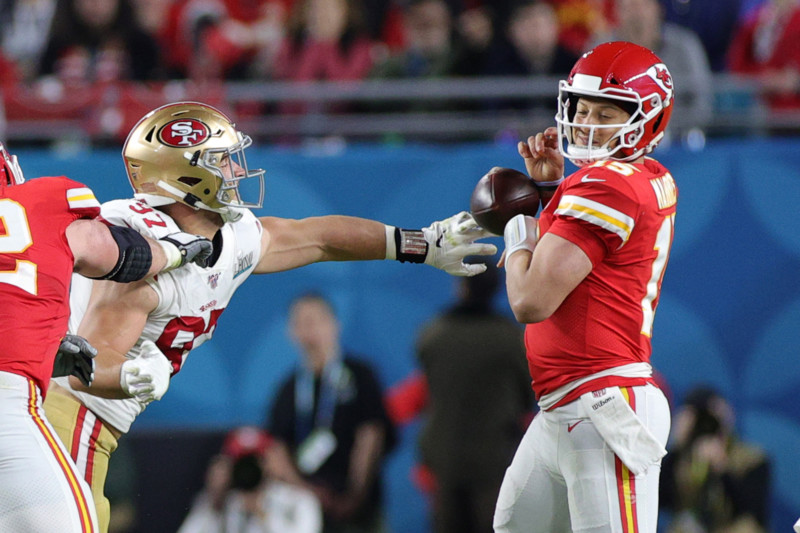
We chatted a bit about the practicality of shooting the game, and perhaps something novice sports shooters don’t think about: having to use the bathroom.
“I drink water in the morning, and I don’t drink much in the afternoon, because the last thing you want is to have to try and find time to go to the bathroom during the game,” Carr said, continuing with a laugh: “Which I didn’t do, which is an art form in itself.”
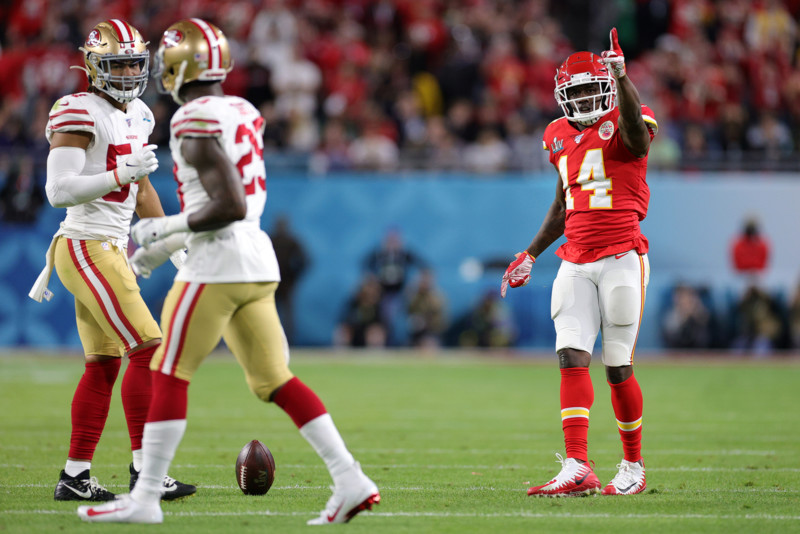
Beyond that, Carr explained how, through experience, he knows when to move, and when he decides to do it.
“When it comes to moving, basically you do it on instinct, when you think it’s time to go.”
A major key to success Carr spoke to addressed knowing when to move, and how he’s part of a team during a big game like this. Photographers are very used to this being an individualist occupation, more akin to golf than basketball in terms of mentality. But for professional sports shooters like Carr, they’re part of a team that works together when big games with big moments are on the line.
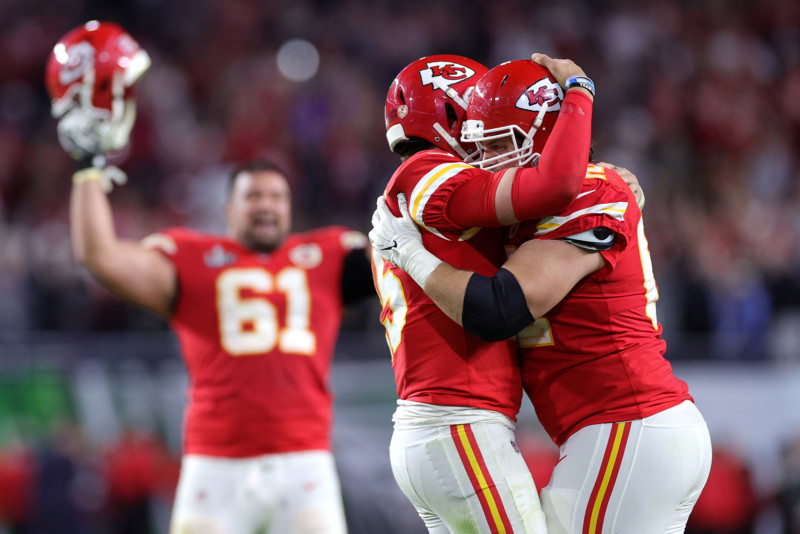
“I know I have three other people at the other end zone, and two people sitting behind me in the seats, so I have a little bit of freedom to go down to the other side knowing that if there is a pick-six coming back towards me, somebody else has that covered,” he said. “So you can work it differently than you can a regular-season game because you know that you have people behind you who are going to make the picture if you’re out of position. So it’s ok to do that and take a chance.”
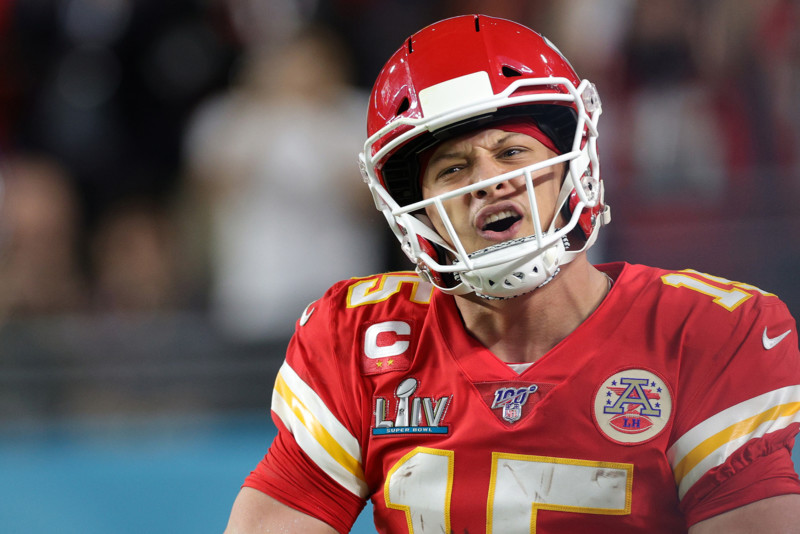
What kind of chance?
“There was one play yesterday, I think Mahome’s second touchdown, where I left my spot and went to the other end of the field and they scored a rushing touchdown. [Mahomes] had a nice reaction that I wouldn’t have gotten sitting on the other end of the field. So that kind of paid off,” Carr recounted.
“You… need images people want to use not just 30 seconds after taking [them], but ones they’re going to want to keep around for a long long time.”
“If you do this long enough, you’re going to have every scenario happen in front of you,” he said. “Sometimes it comes your way, sometimes it doesn’t. Sometimes you get things you wouldn’t have gotten because you’re totally out of position, or you’re going from one spot of the field to another spot on the field, and you stop because you didn’t realize the play is going on and you’re like, ‘Oh boy look at that, he’s celebrating right in front of me. That worked out well.'”
The biggest takeaways that Carr wanted to leave me with was the importance of continued experience. The more you shoot, the more likely you are to position yourself for the best shots. The key is constantly adding to your experience to pull from that knowledge with each subsequent shooting opportunity.
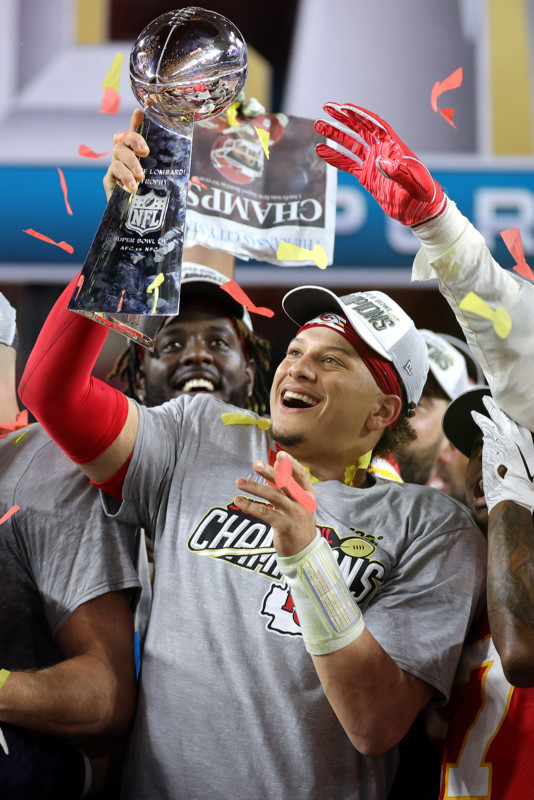
Carr left this portion of our conversation on an anecdote about the importance of what he and the team he is part of do:
“In this day and age people are so used to seeing instant access with Instagram and Snapchat and whatever taken on iPhones,” he said. “And while it’s great to scroll through and look at them on your phone, it’s an entirely other thing to see a proper photo taken of an event.
“If you look at a lot of the players’ Instagrams today, you’re not going to see many photos taken with iPhones. You’re gonna see a lot of them taken with real cameras, and while it’s fine for the average fan to snap a picture from the stands, or a family member to do a group picture on the field, to get that in your face action picture you still need people to know what they’re doing.
“That’s a part of the job that a lot of people forget. You still need images people want to use not just 30 seconds after taking it and it goes away in a story, but ones they’re going to want to keep around for a long long time.”
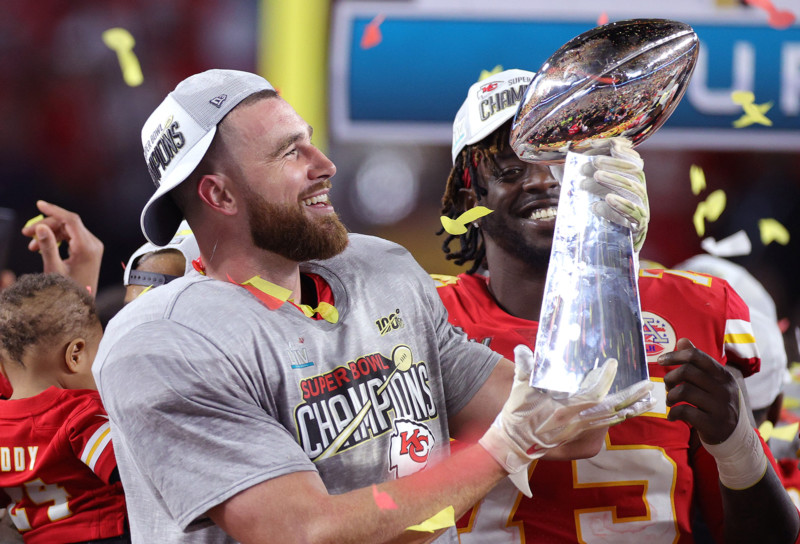
The Camera Industry from the Perspective of a Working Pro
We all like to evaluate camera equipment from the safety of our computers. We, all of us who love to talk about gear, do this. In the many discussions in the comment threads here on PetaPixel, a vast majority of input is provided by those who have never used the specific equipment in question. Now with a chance to speak to a working professional, I was curious about was whether or not Carr believed the technology of any other company made him wish for those features in his camera.
For sports shooting, Sony places a lot of emphasis on the value of their blackout-free shooting and 20 frames continuous tracking. These are things that we, non-professional sports shooters, find impressive and desirable.
But is it something Carr found he needed?
“There is not anything I am missing,” he said in response. “I think the Mark III addresses the one problem that I had with the Canon cameras was being able to shoot the silent mode, especially when doing golf. But this new camera kind of addresses it.”
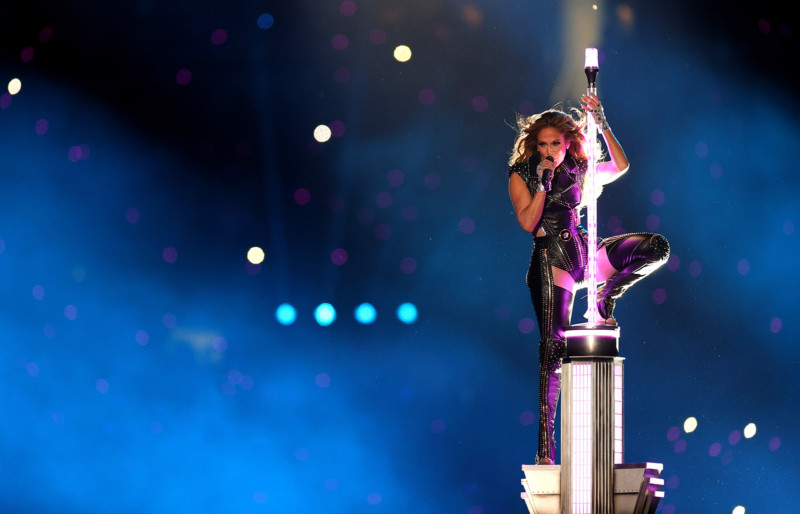
I felt this was an important point to make since many photographers and hobbyists question why others might keep what is perceived to be “old technology” in their kits rather than changing to the new hotness. If, for example, what Sony is offering appears to be considerably better in terms of specifications, why not change over?
“I stay up as much as I can with what else is out there, just so I’m educated about it,” he said. “I see what other photographers have. They have the Sonys, the Nikons. You see them. But I’ve shot Canon now since 2005.”
“You can have the best equipment in the world but if you don’t know how to point it and what to point it at, you’re not going to make a picture.”
“To be brutally honest, I have used the Sonys. I had one for a couple of months that I tried out,” Carr said. “It’s a fine hammer. But to me, with what I do with my specific role in what I cover, I much prefer the Canon. It works better for me. The feel, the balance of the lenses with the body. To be quite honest with you, the way my hands are the way the Sonys feel in my hand, it’s just not a good fit.”
Carr made it clear that this conversation is not about brand loyalty, but about value for him as a shooter.
“It’s a fine camera! I see people using it a lot and it’s a fine camera,” he noted. But he explained that Canon is more of a fit for him specifically, and knowing what works for him is more important than popularity contests or impressive spec sheets.
“I like the fact that I can put a Canon body over my shoulder and walk out of the workroom door and accidentally smash it into the side of the trailer and I can look down and know nothing is broken on it.”
As mentioned, this year Carr shot the Super Bowl with one Canon 1D X Mark II and two new 1D X Mark III cameras. So I asked him if he changed what he did from last year when he used the same lens setup but three 1D X Mark II cameras.
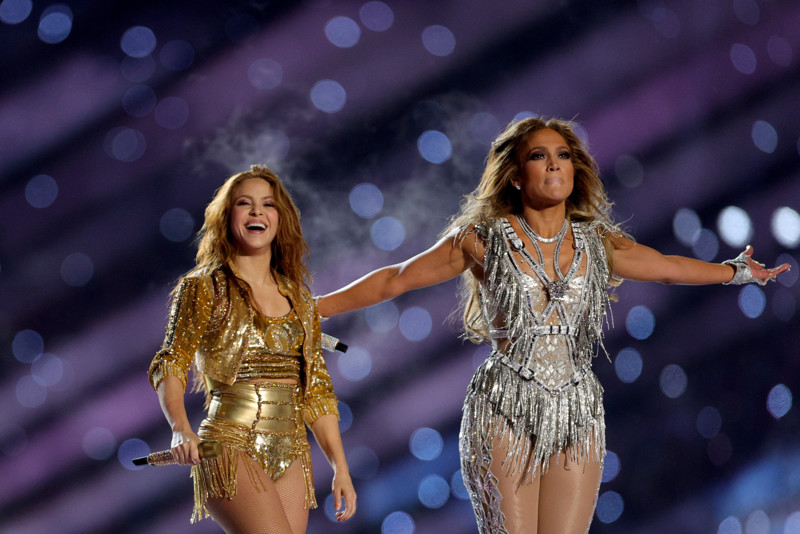
“No. I didn’t change anything or anything I shot because of the camera,” he responded – And that’s the point. Part of the advantage for Carr in using the Mark III is that it did not require him to have to adjust how he shoots and allows him to continue to focus on making great images.
“When it comes to the inner workings of a new [Canon] camera, fortunately, the basic setup of this new camera is similar to the old ones. So it’s not that hard of a transition. I like the way mine is set up and the way it responds. I’m pretty happy with it.
“There are some nice new features in it, it’s responsive, the tracking works great. But once the game starts those aren’t the things you’re thinking about,” he said. “You’re thinking about things that are coming through the viewfinder.”
Carr pointed to a feature on the 1D X Mark III that was a difference-maker to him.
“With the new camera there is just absolutely no buffering. You’re not wasting time looking at the back of the camera making sure things are sent, or if something got hung up. You just shoot, and it’s ready to go for the next series.”
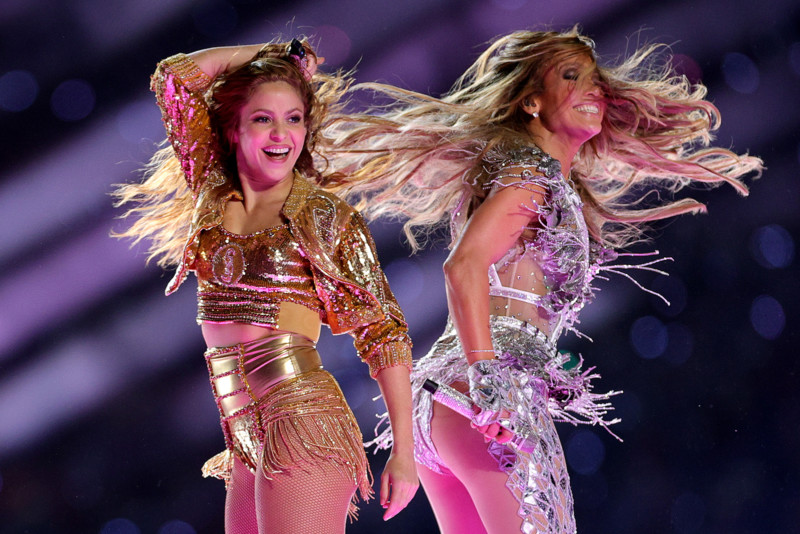
That said, Carr doesn’t ignore the value in new equipment.
“Is the autofocus better? Yes. Is the color better? Yes. But I like to think that no matter what camera I’m using I’m going to make the images. You can have the best equipment in the world but if you don’t know how to point it and what to point it at, you’re not going to make a picture.”
“I like the fact that I can put a Canon body over my shoulder and walk out of the workroom door and accidentally smash it into the side of the trailer and I can look down and know nothing is broken on it.”
I asked him if he thought new technology is important, and if he puts as much emphasis on it as gear heads do.
“I think it definitely helps how you work and how your finished product is,” he said. “It’s why we’re always after new technology because if it’s going to bring our clients and our customers a better product at the end of the day, then you have to have that. You have to stay on top of it.”
“Everything can get better. There is room for improvement for everything. Camera brand aside, there are still things that technology-wise we haven’t plateaued with. The wireless transmitting, network issues, being able to get 60 meg files out of cameras and into someone’s hands. Delivery speed.”
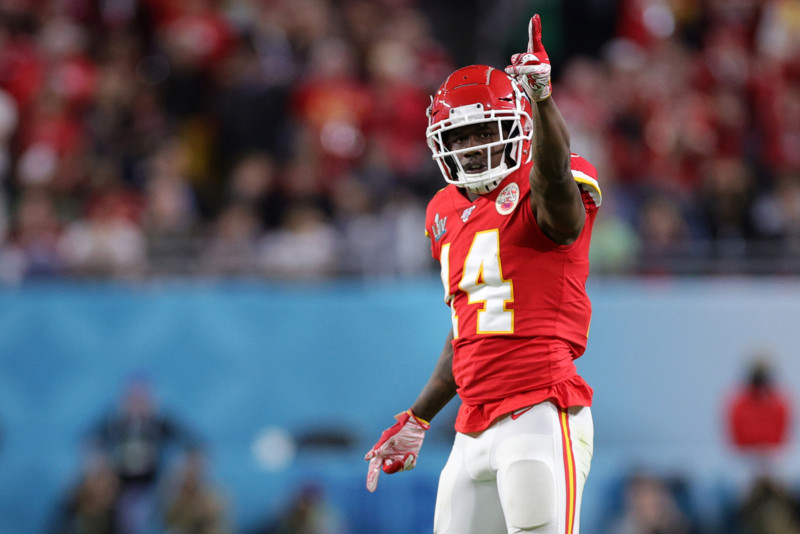
It is important to note what is actually important to a working shooter like Carr, and it’s not the features that grab the most headlines. But that said, Carr stated: “If someone can come up with a camera that guarantees me that everything I pointed it at would be in focus to the place I wanted it to be in my head, that would be a huge advantage.”
He laughed, “But we’re not there yet. It’s close! It’s getting there!”